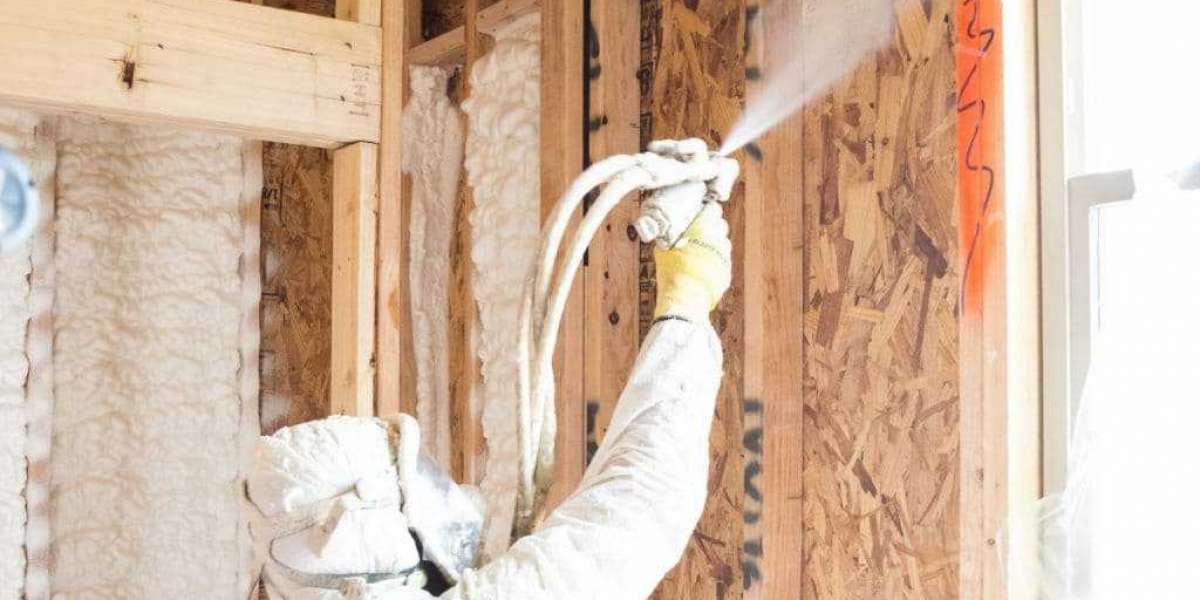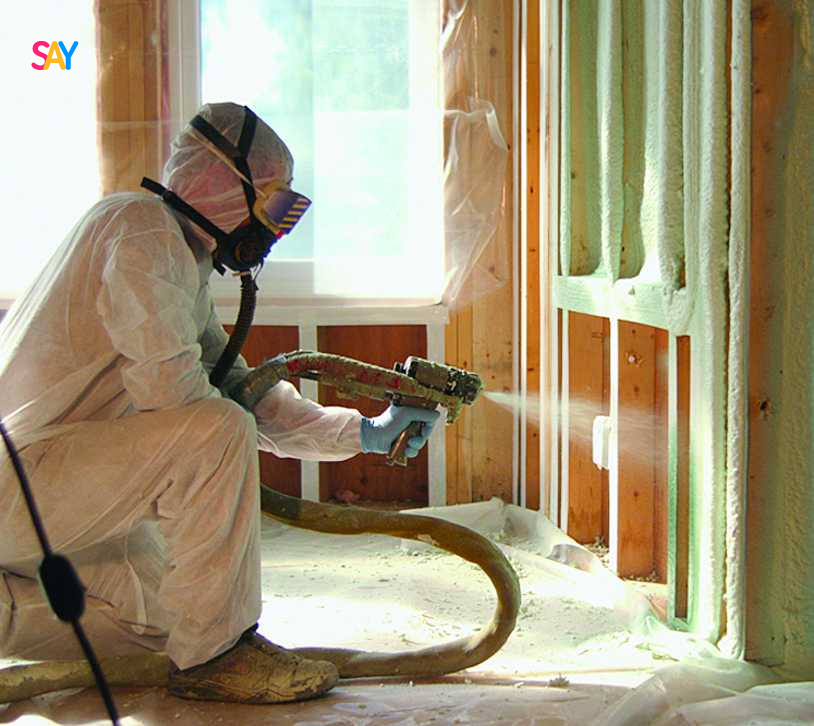High-performance insulation solutions form a critical component in modern construction by addressing thermal efficiency, moisture control, energy savings, and long-term building sustainability. These advanced systems are designed to dramatically reduce energy consumption, provide superior indoor climate regulation, and enhance structural resilience. To achieve these goals, insulation materials must exhibit exceptional R-values, dimensional stability, environmental durability, and resistance to both moisture and thermal bridging. The integration of these elements ensures better operational efficiency across residential, commercial, and industrial projects.
Today, choosing the right insulation service is essential for architects, engineers, contractors, and property owners seeking to align building performance with environmental goals, regulatory standards, and occupant comfort expectations. This comprehensive guide delivers an in-depth overview of available high-performance insulation options, their comparative features, critical selection criteria, technical benchmarks, and essential factors to consider for long-term success.
Types of High-Performance Insulation
Selecting the appropriate insulation material depends on understanding each option's distinct strengths and potential limitations. Thermal resistance, moisture repellent, acoustic properties, and fire safety must be evaluated in the context of the specific project environment.
Insulation Type | Key Features | Common Applications | Typical R-Value (per inch) |
Polyisocyanurate (Polyiso) | High R-value, moisture resistance, lightweight | Roofs, exterior walls, commercial roofs | 6.0 - 6.5 |
Extruded Polystyrene (XPS) | Durable, water-resistant, strong structural capacity | Below-grade walls, foundations, rooftops | 5.0 |
Spray Polyurethane Foam | Seamless air barrier, structural reinforcement | Wall cavities, attics, retrofits | 6.0 - 7.0 |
Vacuum Insulated Panels (VIPs) | Ultra-thin, outstanding R-values | Cold storage, specialty construction | R-30 to R-50 (full panel) |
Mineral Wool | Fire-resistant, sound attenuation, water repellent | Exterior facades, industrial projects | 4.0 - 4.2 |
Aerogel Insulation | Extremely low thermal conductivity, lightweight | Space-constrained projects, pipes | 10.0 - 13.0 (equivalent) |
Bonus Tip
- In extreme climates, combining different insulation types (such as Polyiso with Mineral Wool) can optimize overall performance for both fire safety and thermal resistance.
Technical Specifications and Data
Analyzing key technical parameters ensures that insulation products meet project requirements and regulatory compliance. Quantifiable performance metrics are essential for verifying material capabilities.
Specification | Definition | Typical Range |
R-Value | Measurement of thermal resistance | 4.0 - 50+ (depending on type) |
Water Absorption Rate | Volume of water absorbed under standardized testing | 0.1% - 1.0% by volume |
Compressive Strength | Ability to resist deformation under load | 20 - 100 psi (varies by type) |
Flame Spread Rating | Surface flame spread index (lower is better) | 0 - 25 (Class A material) |
Density | Mass relative to volume | 1.5 - 10.0 lb/ft³ |
Vapor Permeance | Moisture vapor flow through material | 0.02 - 15 perms |
Dimensional Stability | Material's ability to maintain shape under stress | ±2% - ±5% |
Service Temperature Range | Operational temperature limits | -100°F to 250°F |
Technical attributes like vapor permeability and compressive strength are crucial in environments prone to moisture infiltration or mechanical load, influencing long-term building envelope performance.
Bonus Tip
- For green building certifications like LEED, select insulation with Environmental Product Declarations (EPDs) and verify recycled content levels.
Things to Consider Before Making a Decision
Before choosing an insulation solution, consider the comprehensive impact of material properties, project-specific challenges, and long-term maintenance requirements.
- Climate Zone Requirements: Match insulation R-values to local climate conditions; colder areas demand higher R-values.
- Building Purpose and Usage: Different buildings require specific insulation needs — data centers prioritize thermal management; schools value acoustic performance.
- Vapor Control and Moisture Protection: Materials with low vapor permeance are essential in humid climates or for below-grade applications.
- Available Installation Space: For limited-space scenarios, thinner but high-performance materials like VIPs or Aerogels offer solutions without sacrificing R-value.
- Installation Method and Labor Costs: Spray foam may reduce installation time but requires trained crews; board materials need precise fitting.
- Regulatory Compliance and Safety Codes: Always verify flame spread ratings, smoke development ratings, and other local regulatory requirements.
- Environmental Footprint: Insulations made from renewable resources or featuring high recycled content align better with sustainable building practices.
- Durability and Maintenance Needs: Materials exposed to mechanical stress or moisture cycles should exhibit excellent dimensional stability and compressive strength.
Market Fact
- According to the Global Insulation Market Report, the demand for advanced insulation materials is expected to grow at a CAGR of 6.5% through 2030, driven largely by rising energy efficiency regulations.
Common Questions About High-Performance Insulation
Why is R-value crucial for energy savings?
R-value quantifies how effectively insulation resists heat flow. Higher R-values correlate to greater energy conservation, improved comfort, and lower operational costs.
How do moisture and vapor impact insulation durability?
Moisture penetration leads to diminished R-values, material breakdown, and potential microbial growth. Vapor-impermeable or closed-cell products are recommended where humidity is a risk.
Is thinner insulation as reliable as thicker insulation?
Yes, in specific technologies like VIPs and aerogels. They provide significant thermal resistance in minimal thickness but typically come at a higher cost per square foot.
What role does insulation play in indoor environmental quality?
Effective insulation contributes to indoor air quality by controlling humidity, limiting infiltration of pollutants, and reducing temperature swings.
Does acoustic performance vary across insulation types?
Absolutely. Mineral wool, fiberglass batt, and specialized soundproofing boards offer enhanced acoustic dampening ideal for schools, hospitals, and urban residences.
High-Performance Insulation Solutions FAQ
What material delivers the highest R-value per inch?
Vacuum Insulated Panels (VIPs) currently offer the highest R-values, often between R-30 and R-50, due to their near-vacuum core which inhibits heat transfer.
What insulation types perform best in moisture-heavy environments?
Closed-cell spray polyurethane foam and extruded polystyrene (XPS) provide superior resistance against water absorption and moisture-related degradation.
What is the expected lifespan of high-performance insulation?
Most high-performance insulations retain effective properties for over 40-50 years when installed correctly and maintained according to specifications.
Can hybrid insulation systems enhance overall performance?
Yes. Hybrid systems optimize strengths, such as combining spray foam for air sealing with mineral wool for fire resistance and sound attenuation.
What are important certifications to verify?
Seek ASTM certifications for performance, GREENGUARD for low chemical emissions, UL fire resistance ratings, and Energy Star approvals where applicable.
Make the Right Decision
Choosing high-performance insulation is not solely about R-values or initial costs. Decision-makers must evaluate material resilience, climate adaptability, moisture control capacity, environmental certifications, and installation practicality. Matching project needs with the right combination of materials can drastically improve building efficiency, comfort, and lifespan. Scrutinize technical data, verify third-party certifications, and prioritize sustainable options when possible. Making an informed selection today ensures lower operational expenses, greater occupant satisfaction, and positive environmental contributions tomorrow.
Learn more about
- Phone: (352) 900-3341
Website: Visit their official website





